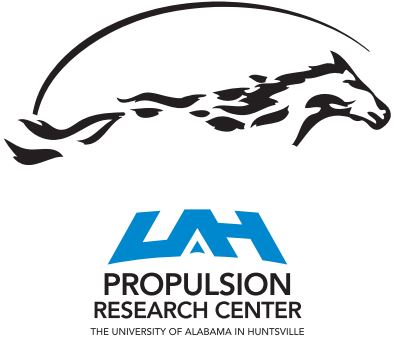Entrapped Oxide Formation in the Friction Stir Weld (FSW) Process
Source
UAH PRC Research Database
Document Type
Article
Publication Title
Metallurgical and Materials Transactions A
Abstract
The ultimate design values for a friction stir weld (FSW) are not based on the average strength, but the lowest strength or outlier. Thus, the robustness of the process could be ultimately increased by understanding and minimizing the sources of data scatter within the mechanical properties of a FSW panel. Internal voids are known to result in reduced strength, but are detectable using non-destructive evaluation (NDE). Other metallurgical discontinuities, such as internal oxides, are difficult to detect using NDE and are often blamed for random variations in the mechanical properties of FSWs. Current efforts to minimize internal oxides within a FSW nugget focus on cleaning of the workpiece surfaces prior to the FSW. This study proposes that internal oxides within FSW interiors may occur during the process and not from a redistribution of native oxides on the workpiece surfaces as commonly cited. Typical temperatures during FSWing of aluminum and its alloys are reported to be in the range of 0.7 to 0.9 the absolute melting temperature. At the upper limit of this range, the expected temperature is above 500 °C where the oxidation rate of aluminum changes from self-limiting parabolic to linear. At these temperatures, entrained air could enhance the oxidization of the freshly sheared surfaces and become trapped. In this study, a series of intentionally ''hot'' FSWs were made in three different thickness panels of AA2219 (0.95, 1.27, and 1.56 cm) at two different weld pitches. Microstructures from the as-welded FSW nugget showed thickened grain boundary regions. Cracks were observed in transverse sections of the FSW nugget after tensile tests. Electron microscopy found evidence of eutectic structures along grain boundaries. At the expected FSW temperatures, the eutectic temperature of 548 °C could be exceeded thereby causing localized melting. Thus in addition to oxidation of the freshly sheared surfaces, exposure of molten metal to air would also promote formation of internal oxides. Results from this study will assist in a better understanding of strength outliers in FSWs and provide methodology for minimizing their occurrence.
First Page
257
Last Page
270
DOI
https://doi.org/10.1007/s11661-018-4974-8
Publication Date
10-23-2019
Recommended Citation
Schneider, Judy; Chen, Poshou; and Nunes, Arthur C. Jr., "Entrapped Oxide Formation in the Friction Stir Weld (FSW) Process" (2019). PRC-Affiliated Research. 129.
https://louis.uah.edu/prc-research/129


